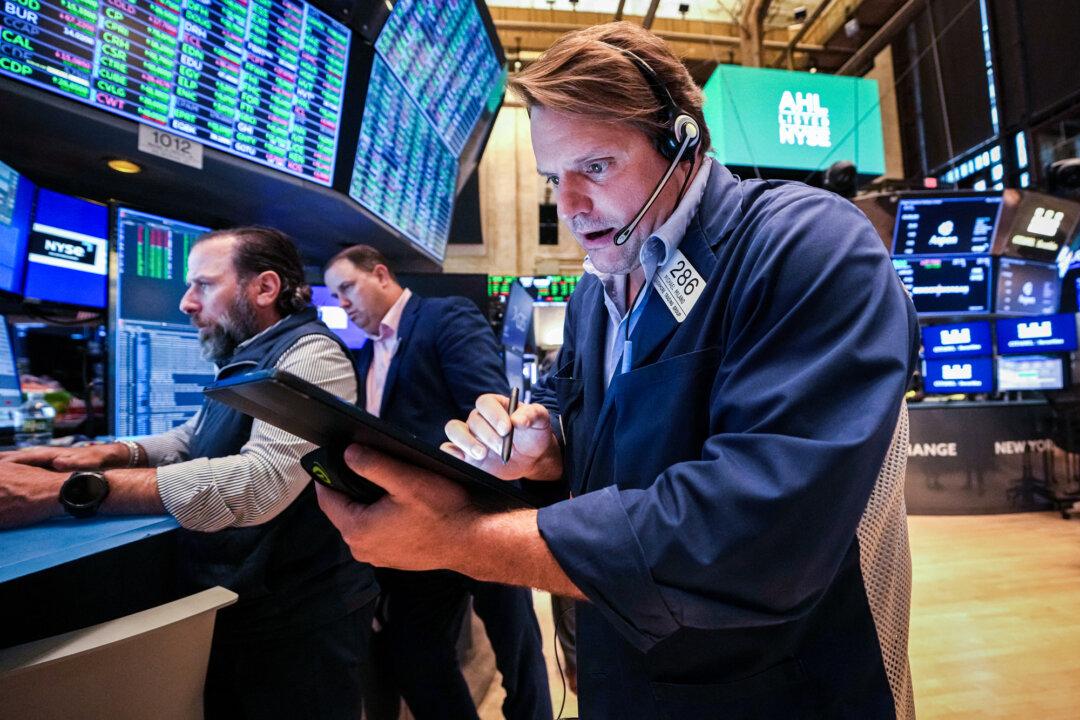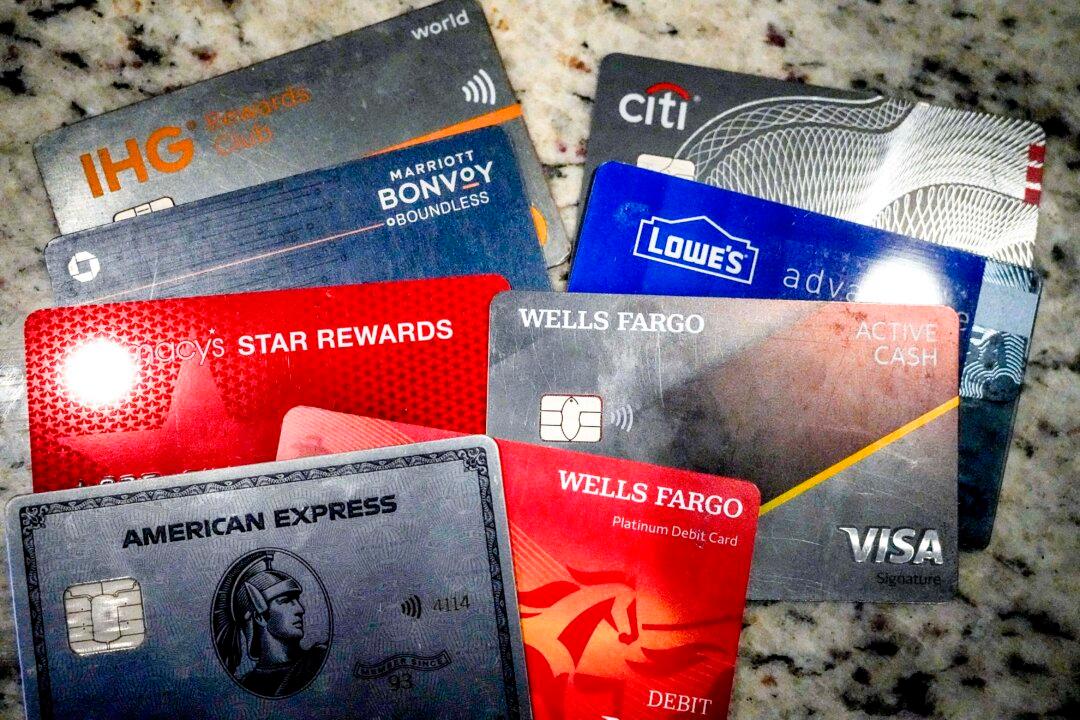America’s equity markets are experiencing a dearth of new companies coming to market, with the result that stock market investors are increasingly concentrating their money in established, large-cap companies.
The IPO market gives investors, including retail buyers, the opportunity to add up-and-coming companies to their portfolio, adding risk but gaining more upside potential.
It also allows them to diversify their portfolios away from a concentration in stocks like the so-called “magnificent seven”: Alphabet, Amazon, Apple, Meta, Microsoft, Nvidia, and Tesla. Together, these seven companies account for about one-third of the S&P 500’s total market capitalization and 43 percent of the NASDAQ 100.
But while the IPO market is currently trending upward, since 2022, it has consistently lagged well below the long-term annual average of $50 billion in capital raised. Analysts say there are several roadblocks that are keeping many smaller companies out of the market.
“The sharp drop in IPOs since COVID-19 can be attributed to a number of economic factors, all of which are interrelated,” Peter Earle, economist at the American Institute for Economic Research, told The Epoch Times.
Investors Now ‘More Risk Averse’
These factors have played out in stock markets, as investor bets on established companies have paid off, while bets on small-cap stocks have lagged. According to the Russell report, the strong stock market performance since 2022 has predominantly been driven by large-cap stocks, which, despite recent volatility, “continue to trade near all-time highs, while small cap stocks are still languishing below their early 2021 levels.”Investors have responded by shunning smaller companies, especially those that don’t have a record of generating profits.
“Post-COVID, investors have become notably more risk averse,” Earle said. “That’s particularly the case where speculative or unprofitable companies are concerned.”
An April analysis by Ernst & Young (EY) IPO expert George Chan details a global shift toward buying IPOs of companies with a proven business model, with the share of profitable companies increasing from 29 percent of U.S. IPOs in quarter one of 2024 to 59 percent in quarter two of 2025.
“Heightened market uncertainty, driven by trade tensions, regulatory shifts and the disruptive rise of AI players, have further prompted investors to be more selective and seek more secure and predictable returns,” Chan writes. “IPO candidates are now compelled to showcase more robust financial performance and value creation potential to attract investment.”
Regulatory Hurdles Discourage IPOs
On the issuer side, both small and large cap companies face a higher regulatory burden to list on public exchanges, which has made some reluctant to do so.“Increased direct listing costs, higher associated legal fees, added obligations for senior executives, and additional reporting expenses were all cited as hinderances to all but the largest candidate companies undertaking an IPO,” the Russell report states.
For the IPO market to return to trend levels, however, macroeconomic conditions would have to improve and investors’ appetite for riskier assets would have to return, Earle said.
And for those who still want exposure to up-and-coming companies, private equity and private credit funds are becoming increasingly available to qualified retail investors.







